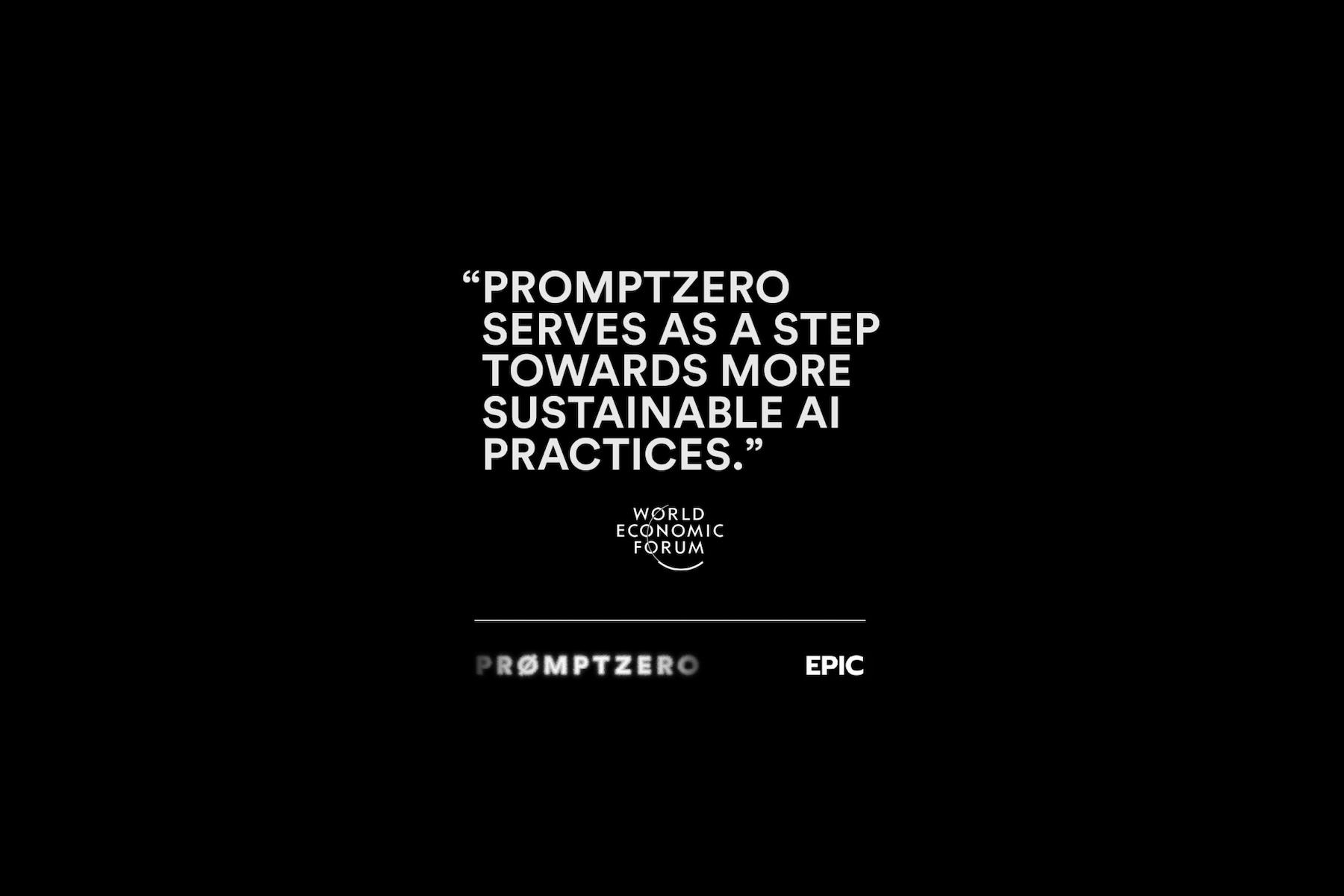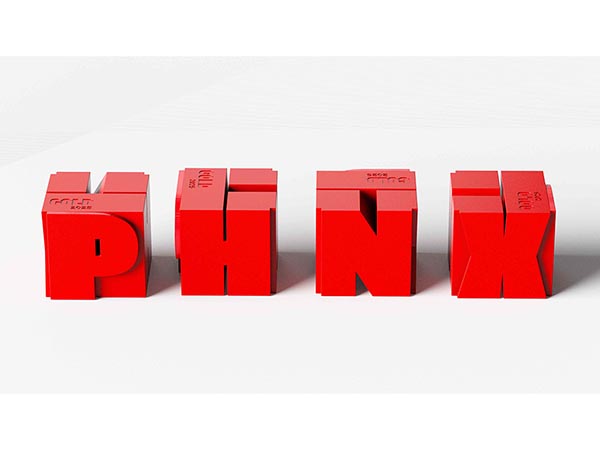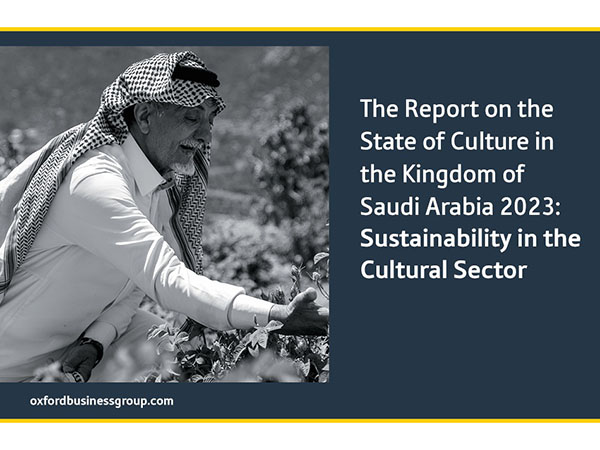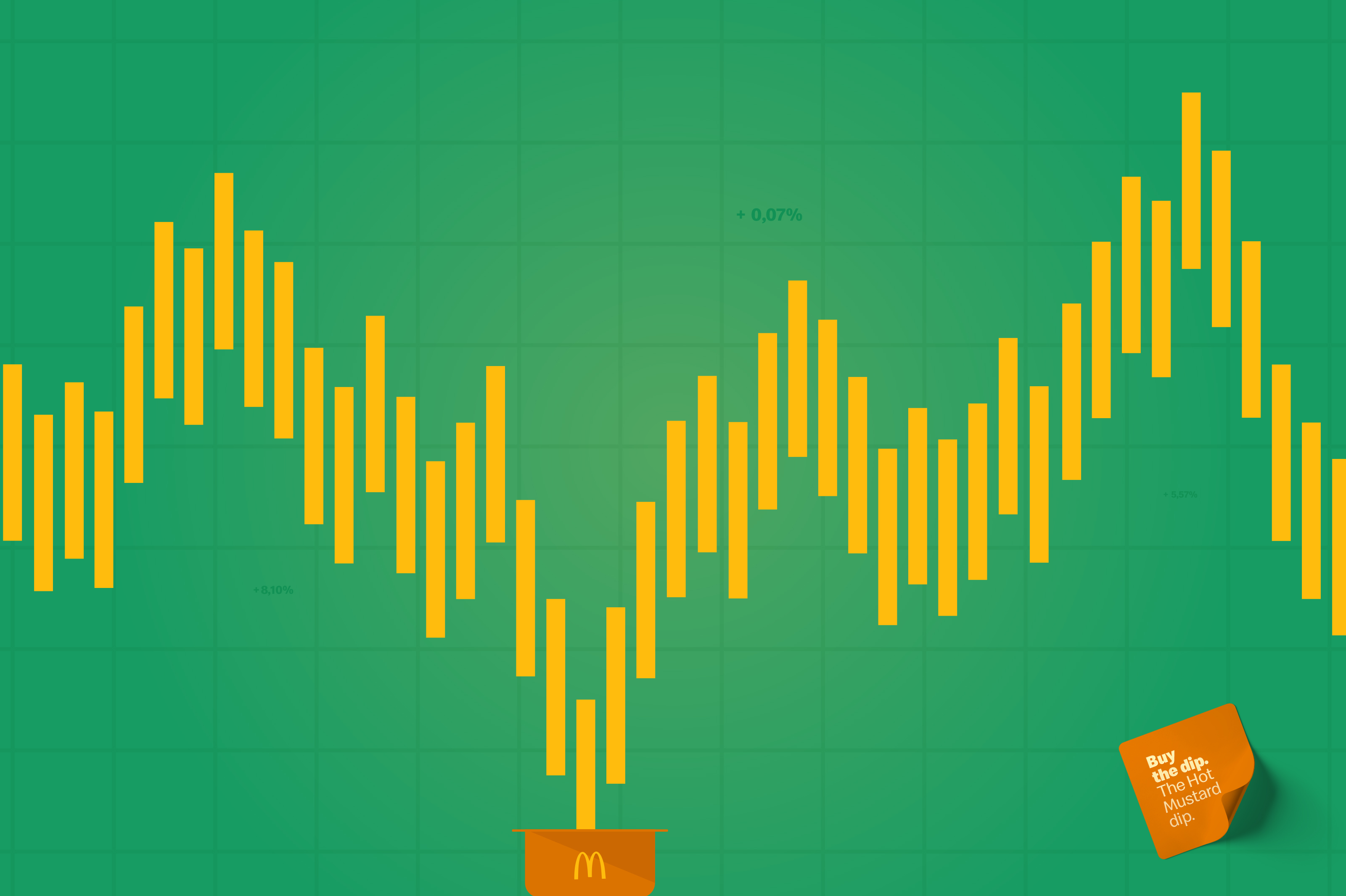News - Advertising
Are brands missing a climate leadership opportunity at Super Bowl?
by Thomas Kolster
February 13, 2024
.jpg) Advertisement
AdvertisementSuper Bowl can shape a countrywide conversation, most brands choose gutless entertainment. January 22, 1984, during a break in the third quarter of the telecast of Super Bowl XVIII, Apple showed their famous Ridley Scott-directed commercial “1984” as a dystopian warning about the power of technology in the wrong hands and a nod to George Orwell’s novel. The ad was shown only that one time but created a press frenzy. The commercial faced tough pushback from the Apple board and was only approved last minute. It was a bold move and one that paid off and shaped an iconic brand forever.
Are your brand mirroring or moving society?
January 23, 2024, the Doomsday Clock is at 90 seconds to midnight because of ominous trends that continue to point the world toward global catastrophe from the climate emergency to wars. Yes, a decade later, it’s never been more urgent to show up as Apple did. Especially when brands take the ESG (Environmental, Social and Governance) stage and talk about issues of critical importance to society and business. Where’s the bravery? ESG are the powerful topics and conversation starters of today and tomorrow, which is the 2024 equivalent of 1984. Most brands chicken out and mirror what’s being talked about from ocean plastics to race, whereas we need brands that dare to move the conversation and show transformative leadership.
ESG lighthouses are missing at Super Bowl
I’ve been writing about the big entertainment spectacle for years and kept an acute eye out for any movements on the ESG front when watching those commercials. You’ve debated, loved, and ridiculed those commercials such as Hellman’s, which has become a regular at Super Bowl in recent years. When looking back at the last seven years of Super Bowl Commercials from 2016-2022, there are far between any ESG-leadership or creative ESG lighthouses.
Take a brand like Chipotle with an epic commercial history such as “Back to the Start” with its powerful visual storytelling and Coldplay's haunting classic “The Scientist” performed by country music legend Willie Nelson. That was a commercial that dared to challenge industrialized farming and show us a better alternative. This was an ad that wanted to move society, yet it was never shown at Super Bowl. Unfortunately. Instead Chipotle’s contribution to the Super Ball Hall of Fame – or should I call it Hall of Shame is the contrived, boring “Can a Burrito Save the World”, which plays like a CSR-report with a stock music. It seems like everyone these days are testing their commercials until they become as bland as a spreadsheet instead of daring to lead.
Looking at the last years, one thing is abundantly clear and shocking: there’s a lack of creativity in the ESG space, when we need it the most.
Social narratives dominate the ESG-agenda
ESG has a role to play at Super Bowl, because ESG topics are about all those things we talk about anyways in-between the game. The horrible congestion in our cities, how our food has become more calories than nutrients, how the US seem more divided than ever, just to name a few. Why not use this opportunity to get people to talk more rather than aim for a quick laugh?
Look at the last seven years of Super Bowl commercials, I’ve broken them into two categories of commercials with either a social or environmental narrative.
Every year, there’s around 50-60 different ads aired during Super Bowl, but when you look at the overview below, bear in mind, it’s not exact statistic, it’s my judgement. It’s clear from the overview social narratives are featured more prominently than environmental narratives. This is also something I have observed more generally across the advertising industry. It seems social narratives are easier to engage Americans around than invisible carbon emissions, but I view this as an untapped commercial opportunity.
Take biodiversity. Isn’t it about time brands help protect those animals they always have loved to feature in their commercials? Among the environmental narratives, most are car commercials for the likes of Toyota Prius or other electric vehicles. Take for example 2022, where it seems like the environment was on fire (excuse the pun), but it’s mostly electric or environmental ambition car ads from GM, Nissan, and BMW.
Let’s make 2025 the year of climate leadership at Super Bowl
This environmental void in the Super Bowl commercial break is your brand’s opportunity to differentiate, engage and lead on climate and environment. It’s your opportunity to inspire all Americans to embrace climate – not just those who are already agreeing with you.
So, here’s a challenge for 2025 to all those brands that find themselves on one of those lists of so-called “Most Sustainable Companies”, which mostly is a shady bunch from fast-furniture, fast-fashion to energy companies with more dirt than green on their balance sheets. Apple showed us at Super Bowl “… why 1984 won't be like 1984”, now it’s your time dear brand to show up for the climate and all of us.



.jpg)





.jpg)




